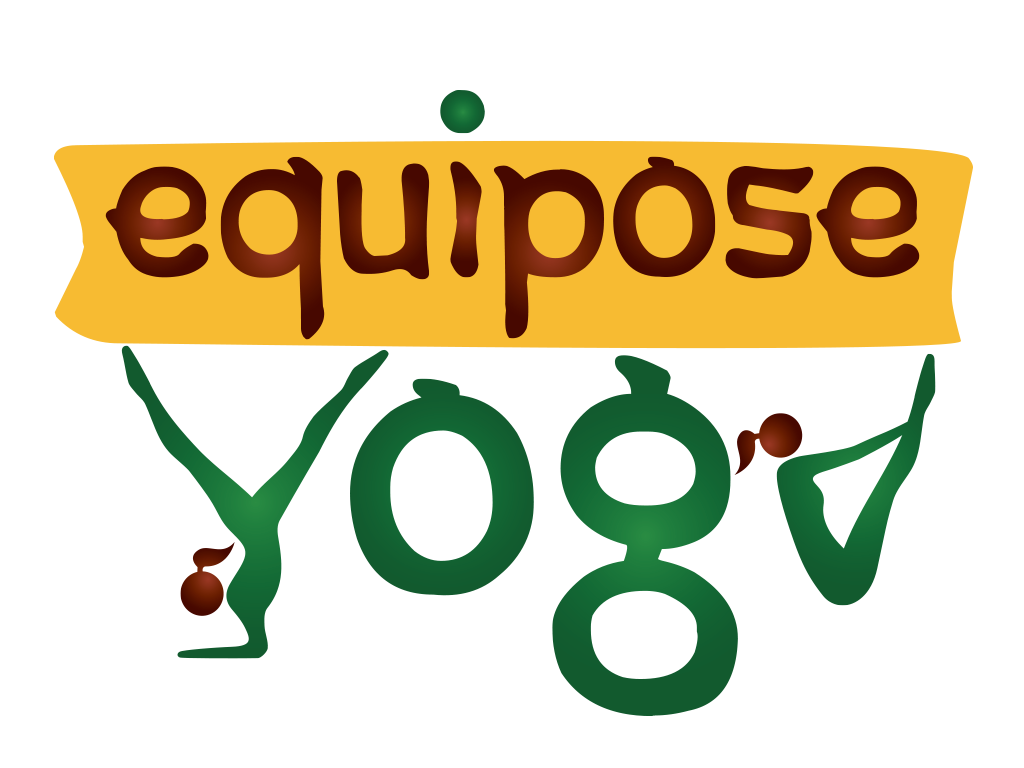In the last blog I asked thepivotal (pun intended) question, “What is fascia?” More correctly it is referred to as myofascia, fascia being the Latin word for band or bandage. Myofascia and all its components is a continuous web or mesh that covers muscles, bones, organs, blood vessels and nerves. Without this web of tissue we would collapse in a pile of bones. This tissue is deeper, colder, shorter and plastic, unlike muscles which like warmth and are elastic. Yin targets the myofascia of the joints and ligaments which are responsible for 47% of your range of motion (ROM). Tensile resistance in the joints can only be addressed by sustained stressing or stretching of the myofascia. In addition, a Yin practice offers the following benefits:
1. Improved ROM
2. Lengthening of stubborn muscle groups (hamstrings and abductors) by stressing the fascia that wraps around those muscles
3. Reduction of adhesions that restrict movement of muscles
4. Stimulation of cells which create collagen, elastin, and hydration of tissues and joints
5. Thickening and lengthening of ligaments through collagen production
6. Joint fluidity through hydration
7. Improved movement of cells throughout the body due to hydration (we look younger!)
8. Removal of toxins
9. Stimulation of cartilage and bone
10. Re-establishment of the lordotic curve in the lumbar and cervical spine
11. Reduction of joint and ligament shortage
12. Reduction of bone loss
13. Prevention of fusion, which results in permanent loss of joint mobility
